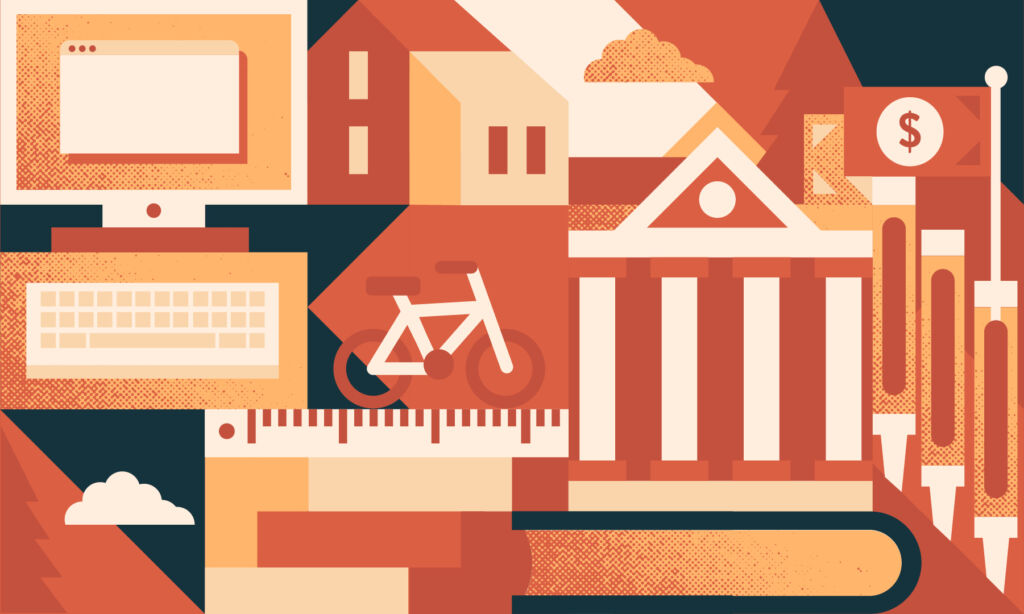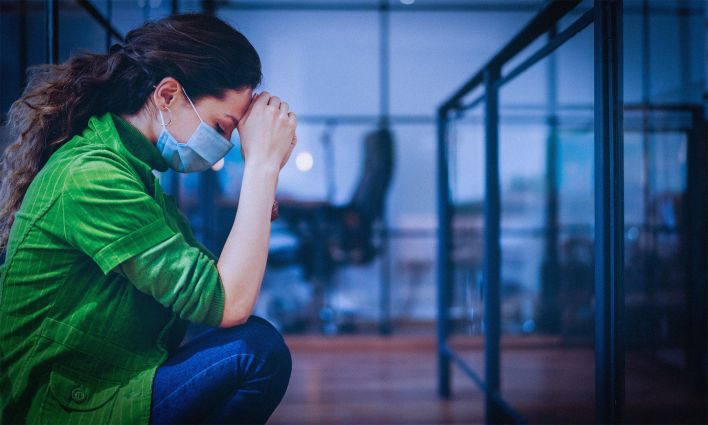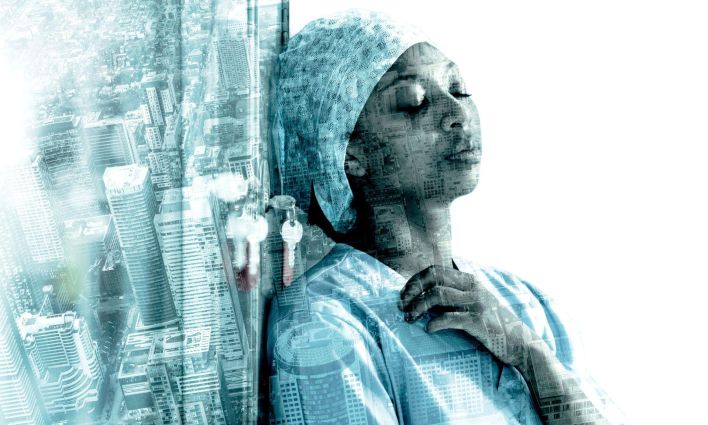We’re rushing towards the end of the year as I write this. And amidst the last minute phone calls, and final reports getting out the door, I’m struck by the pervasive feeling of déjà vu. No doubt this has a lot to do with the pandemic—the feeling of sameness, in spite of evidence of what’s actually changing. There is a sense of monotony, and as winter arrives that feeling becomes more acute. Here we are, again. Almost two years, and several waves of the pandemic later. We know more. We’re double vaxxed (some triple vaxxed), and younger kids are receiving their doses.
And yet...so much feels the same as it did at this point in 2020. I don’t mean to suggest that there’s been no progress. This fall I hugged my parents for the first time in almost two years, and we’ll be seeing them over the holidays (though we’re staying in a hotel, and will have to eat dinner in shifts). I cannot begin to express what this means to me.
My kids have spent an entire three months in school.
I had dinner with friends in an actual restaurant.
Oh, and we got a dog.
But with Omicron on the march, this sense of déjà vu lingers. And it goes beyond the personal, beyond the Google chats and Zoom calls.
It goes back to my work in education over the past two decades (more, if I’m being honest). And the cold realization that, through the years, advocates were warning about the encroachment of EdTech, the rise of privatization, and the impact of consecutive waves of cuts (or funding not keeping pace with growth or with inflation).
Time and time again we raised the alarm about the over-reliance on standardized assessments, and how it was being weaponized by reformers to prove that education was still in crisis; that Johnny still couldn’t read, that educators were still not doing enough and that, as a result, we were still losing out to [insert country name here].
And the solutions (again) were...depressingly familiar. More testing. More standardization. More EdTech. More calls that schools must do “more with less.” Oh, and more resilience from students, parents, teachers and education workers. But it’s not lost on me that over those same decades I’ve heard very few calls from elected officials for more funding to meet kids where they’re at. Or for community outreach. Or for smaller classes and more opportunities for personalized learning and authentic assessment that recognizes kids are not standardized. And while acknowledgement of our settler colonial history and the legacy of white supremacy has
(barely) begun, it still meets resistance from those who are quite comfortable with the way things are, thank you very much. Back to the basics, less of that “extra.”
Austerity got us here, and calls for more of the same will not cure what ails us.
As one of our guest editors pointed out, COVID-19 is unprecedented...but as a crisis that has upended the system it is not alone. It is the latest in a long series of “crises” in education; a disruptor in its own right, but also a magnifier of the existing crises and, eventually, something that is mobilized as an excuse to implement more of the same tactics that made our schools less responsive to all the students in their care in the first place.
The cuts that resulted in heavy reliance on private fundraising campaigns. The standardized tests that were used as a proxy to determine whether kids were engaged with their learning, while punishing the schools and communities that served the most vulnerable populations and the students with the greatest needs. The crowded classrooms and under-resourced educators that, rather than being a problem, were—somehow—supposed to prepare kids for the rigours of university lecture halls and the job market. The suggestion that public money should go towards “helping” parents find private solutions for their kids. The mandatory online learning that parents, students and educators pushed back against, citing concerns with inequitable access to technology, implications for quality, and reliance on a learning model that didn’t work for so many kids.
In spite of these being referred to as “innovative,” they’re not. They weren’t innovative pre-pandemic, and they’re certainly not innovative now. Neither are they “solutions.” They’re symptoms of the true crisis in education—the lack of sufficient support and prioritization education requires and that kids and families deserve, particularly when the world goes pear-shaped.
Austerity got us here, and calls for more of the same will not cure what ails us.
COVID-19 has been a devastating disruptor. It has laid bare the cumulative impact of subsequent waves of austerity—the true crisis of neglect that undermines our education system and that marks our society even as we happily share those “Meanwhile in Canada” videos. Neglect of the need to meet students where they’re at in order for them to thrive. Neglect of the funding and resources needed so that educators can support kids and communities in schools which are both places of work and places of learning. Neglect of students with exceptionalities and special needs and the resources required to ensure they too can thrive. Neglect of the socioeconomic inequity both magnified and compounded by COVID-19. Neglect of the shameful legacy of colonialism and racism that is by no means confined to classrooms.
This collection of articles addresses those pre-existing crises, and how COVID-19 illuminated them, underscored them...and has provided us with an opportunity to have an honest conversation about the chasm between the schools we’re told we can afford and the ones we know our kids—all our kids—deserve.
My profound thanks to Beyhan Farhadi and Sue Winton for their dedication, thoughtfulness, energy and care in putting this collection together, and for their own work in advocating for the very best in public education and public schools, and the people who give so much of themselves in making that very best a reality.
Read the Winter/Spring 2022 edition of Our School/Our Selves here.







